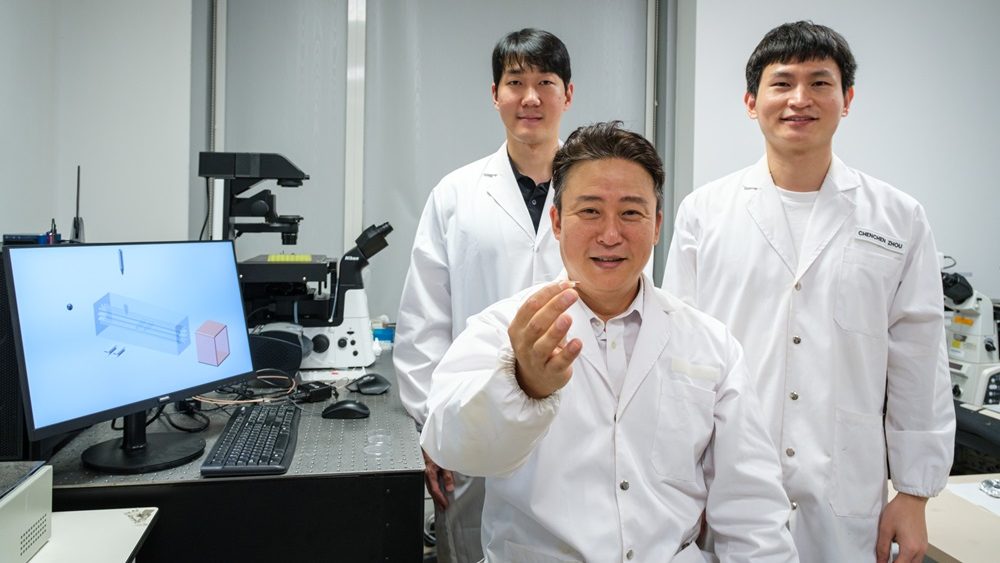SINGAPORE: Scientists at Nanyang Technological University (NTU) Singapore have harnessed an ancient East Asian building method to fabricate advanced ceramic microparticles measuring just slightly larger than the width of a human hair.
This innovative technique, inspired by the traditional “tongue and groove” joinery, promises to reshape the micro-manufacturing landscape across various high-tech sectors.
The new fabrication method has led to the developing of a microfluidic chip capable of producing and shaping ceramic microparticles with remarkable precision and complexity.
These microparticles, which can take on intricate forms such as ten-toothed gears and triangular structures with angled edges, open doors to a myriad of applications in microelectronics, aerospace, energy, and medical and mechanical engineering.
Traditional methods like micromachining and laser sintering have faced significant challenges in achieving the desired resolution and production capabilities for these diminutive and detailed shapes.
Specifically, these conventional techniques struggle to produce sharp-edged, non-transparent microparticles due to the inherent material properties and the minuscule sizes involved.
The NTU researchers’ new approach dramatically improves production efficiency, increasing the output rate by as much as tenfold compared to existing techniques.
Moreover, it ensures a level of quality previously unattainable in micro-ceramic manufacturing.
The inspiration for this innovative microfluidic chip stems from a historical construction technique known as “mortise and tenon” joinery.
This method, which utilizes interlocking grooves and tongues to connect wooden structures without needing nails or glue, has a rich history in East Asia.
It dates back to as early as 1000 BC in ancient China, where it was used to construct palatial residences.
The technique was further adopted in Korea from the 14th century onward and is seen in the construction of traditional Japanese temples.
Notably, it continues to play a vital role in Korean architecture, particularly in the “Hanok” style and was employed in the iconic Gyeongbokgung Palace in Seoul.

